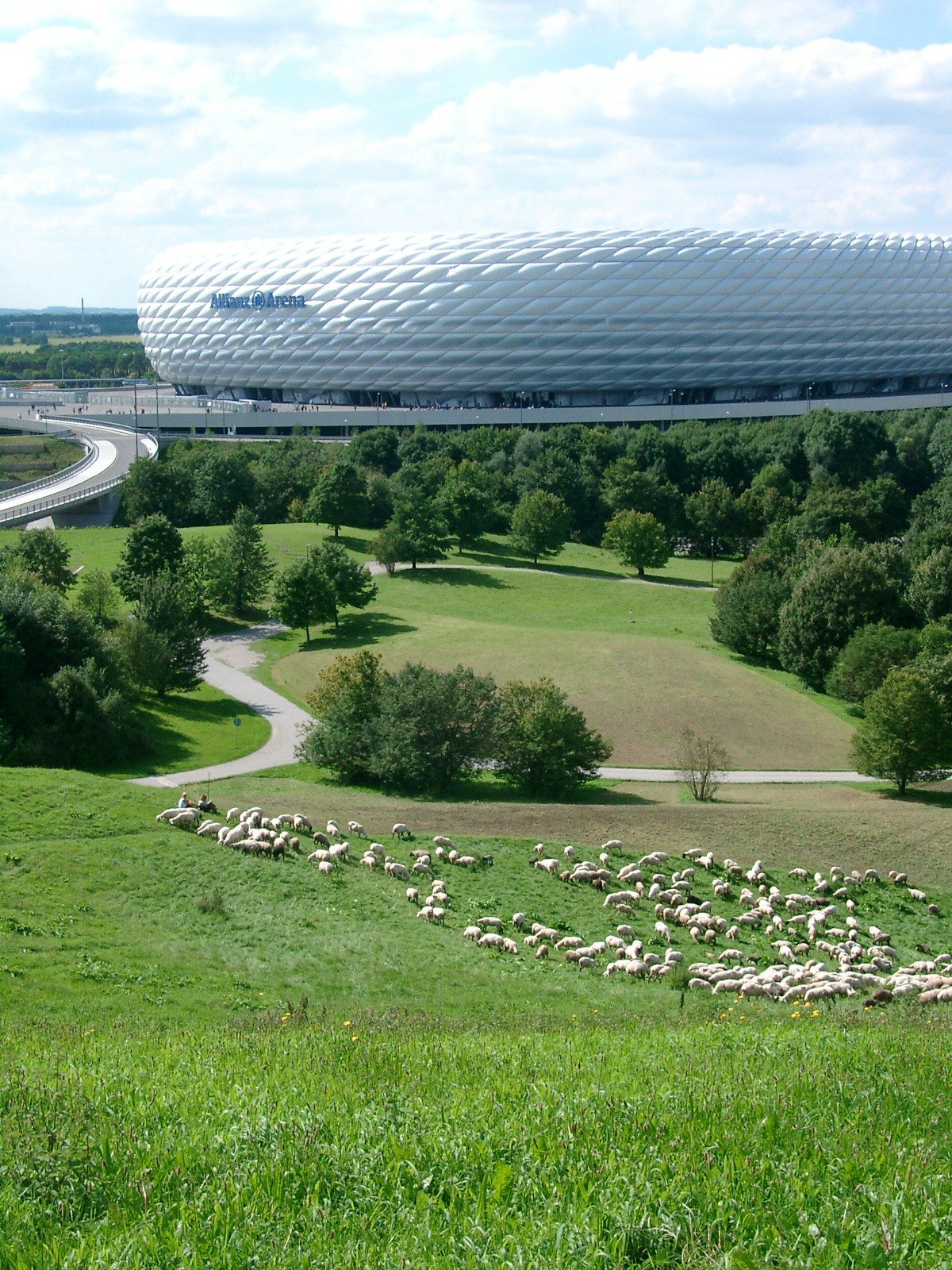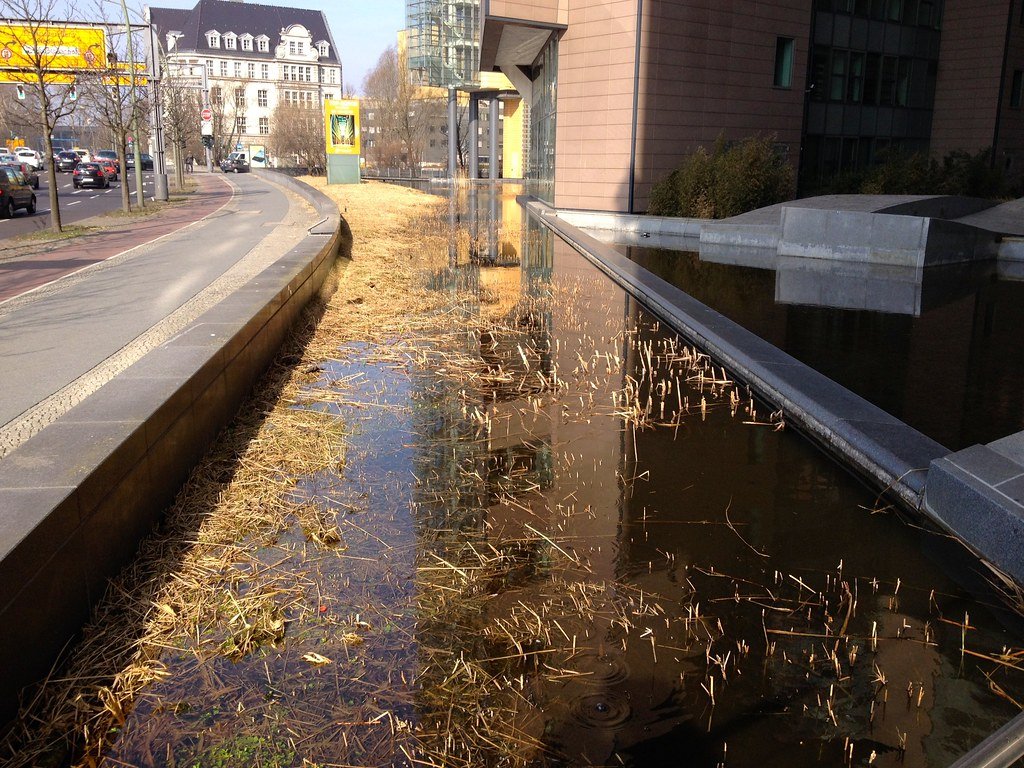Imagine raindrops beginning a journey from the sky, destined to quench the thirst of the earth, only to vanish before they ever touch the ground. This isn’t a scene from a fantasy novel but a reality in many urban areas around the world. The intricate dance of water droplets with urban surfaces is a silent yet impactful disruption to the natural water cycle, with profound consequences for our environment. Let’s delve into this fascinating phenomenon and explore why rain sometimes never reaches the ground in our cities.
The Urban Water Cycle: A Distorted Symphony
In natural landscapes, rainwater follows a harmonious cycle of falling, soaking into the ground, and eventually making its way back to the atmosphere. However, in urban settings, this cycle is disrupted. Concrete jungles, with their impermeable surfaces, prevent water from soaking into the earth. Instead, water rushes over streets and pavements, often leading to flooding and water pollution. This distorted cycle not only affects local ecosystems but also has broader implications for weather patterns and climate.
Impermeable Surfaces: The Unseen Barriers
Urban areas are dominated by roads, pavements, and buildings – all of which are impermeable surfaces. These surfaces act as barriers, preventing rainwater from seeping into the ground. Unlike soil, which absorbs rain like a sponge, concrete and asphalt reject it, causing water to accumulate and flow elsewhere. This not only leads to increased surface runoff but also reduces groundwater recharge, affecting water availability in the long run.
Evaporation: The Vanishing Act
Another consequence of urbanization is increased evaporation. When rainwater is unable to infiltrate the ground, it accumulates on surfaces and is quickly evaporated back into the atmosphere. The heat generated by urban areas, known as the urban heat island effect, accelerates this process. As a result, significant amounts of rainwater are lost to evaporation before they can benefit the environment or replenish water sources.
The Role of Urban Heat Islands
Urban heat islands are areas within cities that experience higher temperatures than their rural surroundings. This phenomenon is largely due to human activities and the prevalence of heat-absorbing materials like concrete and asphalt. The elevated temperatures not only increase evaporation rates but also alter local weather patterns. This can lead to changes in rainfall distribution, with some areas receiving less rain than they naturally would.
Impact on Local Ecosystems

The disruption of the water cycle in urban areas has significant implications for local ecosystems. Reduced groundwater recharge can lead to declining water levels in rivers and lakes, affecting aquatic life. Additionally, increased surface runoff can carry pollutants into water bodies, harming wildlife and degrading water quality. Urbanization thus poses a dual threat to ecosystems by altering both the quantity and quality of available water.
Flooding: The Unwanted Consequence

One of the most visible consequences of disrupted water cycles in urban areas is flooding. With rainwater unable to penetrate the ground, it accumulates on surfaces and overwhelms drainage systems. This can lead to flash floods, causing damage to infrastructure and posing risks to human safety. Flooding also exacerbates water pollution, as runoff carries contaminants from urban surfaces into waterways.
Water Pollution: A Hidden Crisis
Surface runoff in urban areas often picks up pollutants like oil, chemicals, and debris, which are then carried into rivers and lakes. This not only affects water quality but also poses risks to human health and aquatic life. Polluted water bodies can become breeding grounds for harmful bacteria and algae, further disrupting ecosystems and making water unsafe for consumption and recreation.
Strategies for Mitigation

To address the challenges posed by urbanization on the water cycle, cities are adopting various mitigation strategies. These include the implementation of green infrastructure, such as green roofs and permeable pavements, which help absorb rainwater and reduce runoff. Urban planning that incorporates natural landscapes and water-sensitive design can also play a crucial role in restoring balance to the water cycle.
The Future of Urban Water Management
As cities continue to grow, the need for sustainable water management becomes increasingly urgent. Innovative technologies and practices are being developed to enhance water conservation and reduce the impact of urbanization on the water cycle. From rainwater harvesting systems to smart water grids, the future of urban water management holds promise for more resilient and sustainable cities.
Reflecting on Our Role

The disruption of the water cycle in urban areas highlights the complex interplay between human activity and the environment. As we reflect on our role in this dynamic, it becomes clear that sustainable urban development is not just a choice but a necessity. By embracing practices that respect and restore natural cycles, we can pave the way for a future where cities coexist harmoniously with nature. What steps can we take today to ensure a sustainable tomorrow?


